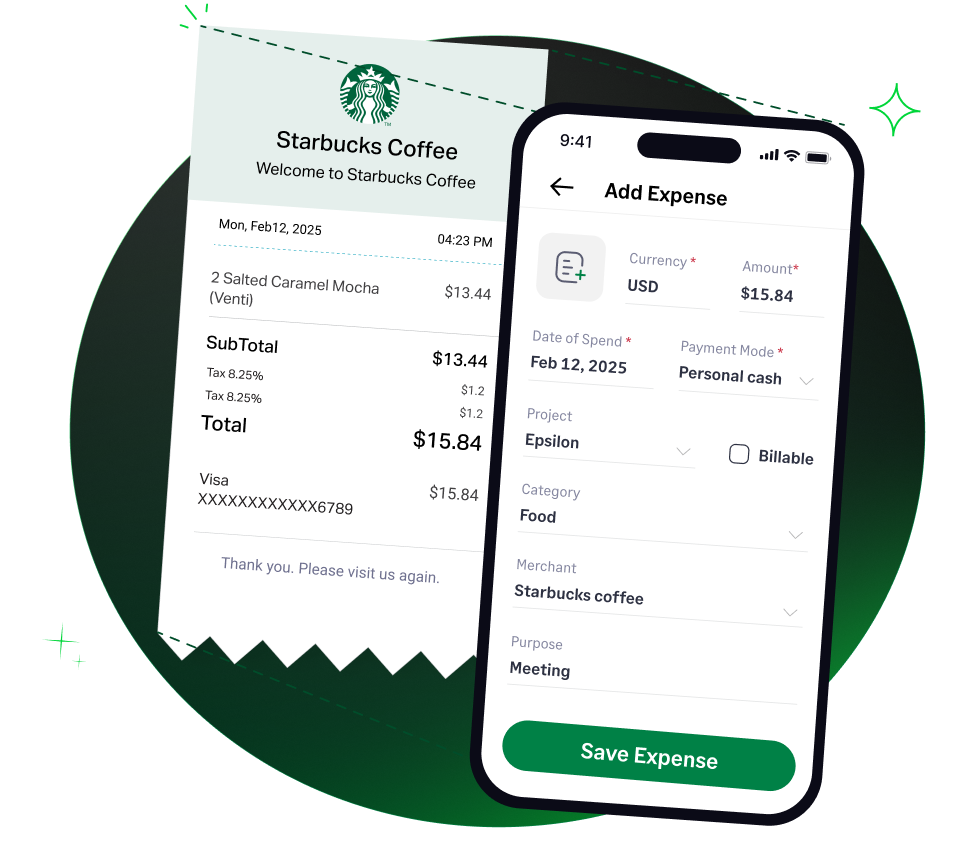 4.6/51670+ reviews
4.6/51670+ reviewsFor innovative businesses, a patent is a vital asset that protects an invention and provides a long-term competitive advantage. The process of obtaining and maintaining a patent involves significant costs, including legal fees for the application process and maintenance fees paid to the U.S. Patent and Trademark Office.
A common mistake is treating these costs as a simple, one-time business expense. However, the IRS views the costs of obtaining a patent as part of a larger category of capital expenditures that must be amortized over a period of several years. This guide explains how to correctly classify and deduct these costs in accordance with IRS rules.
The costs you incur to obtain a patent are not a standalone expense category. Instead, IRS Publication 535 classifies them as Research and Experimental Expenditures.
This is because the costs of obtaining a patent, including attorneys' fees for making and perfecting the application, are considered an integral part of the research and development process that led to the invention. As such, these are capital costs that must be amortized over a set period.
The tax treatment for patent-related costs is specific and requires careful classification.
It is critical to distinguish between creating your own patent and buying one from someone else.
As of tax years beginning after 2021, the rules for research and experimental costs are mandatory. You can no longer elect to deduct these costs in the current year. All such expenditures, including the costs associated with obtaining a patent, must be capitalized and amortized over their useful life.
The costs that fall under this category include:
The tax treatment for the costs of obtaining a patent follows the rules for research and experimental expenditures.
According to Publication 535, you must amortize these costs relatively over a 5-year period (or 15 years for any expenditures related to foreign research). This amortization period begins at the midpoint of the tax year in which the expenditures were paid or incurred.
The annual amortization deduction for your patent costs is calculated and reported on Form 4562, Depreciation and Amortization, Part VI. The total amortization deduction from this form is then carried to your main business tax return (e.g., Schedule C).
You must maintain meticulous records to substantiate all patent-related costs. This includes:
Sage Expense Management helps you capture and organize all the legal and administrative costs associated with obtaining and maintaining a patent, ensuring they are properly capitalized and ready for amortization.




